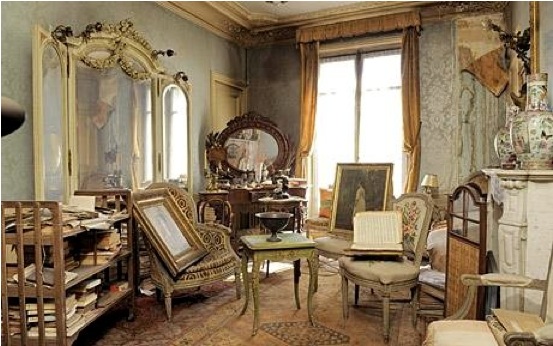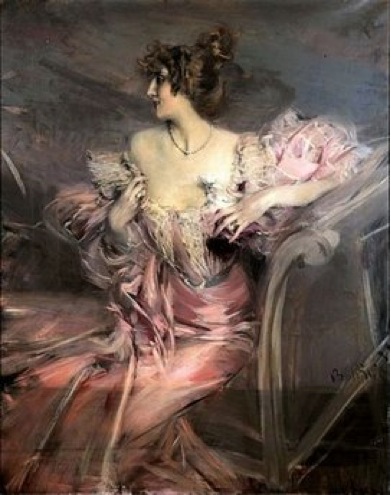The following are three of the Biggest mistakes emerging artists make before and after their first shows: This information is for artists who wish to show in galleries or have an interest in taking the next step in promoting yourself as an artist.
1. You delivered your work to the gallery, had a great
opening night party and now... you wait.
WRONG
Now you work. You now have a limited time while the show is up to try to get collectors or potential gallery people, art buyers, writers,
art consultants, interior designers, etc. to come to the gallery and meet you there and see your work
and your potential. Buy them a cup of coffee. Also how many of your friends did not make it to the
opening? Invite them.
Many artists will say
"I have to work, it's inconvenient, I have other plans…etc." But let me ask you this... How often do you have a show? Make time, carve out 45 minutes for your art.
2. There is some interest in your work from a family friend,
relative, friend of a friend. You tell them to wait until after the show and you will give
them a better deal or they suggest they wait until after the
show so you will make more money.
WRONG
This is the worst thing an artist can do and it is like
shooting yourself in the foot. Artists need to establish a sales history with a gallery.
In- Gallery sales are proof that a given artist is worth the risk of taking up valuable real
estate on their walls. If an artist has no sales history with galleries, you will always
have to "pay-to-show."
3. You delivered your work for your first show, had a great opening night, you
did everything in your power to get people there to buy and nothing sold and now you think less of your work
and you have lost inspiration.
WRONG
You just got a small taste. This is just the very beginning
and since you received so much buzz about your work, it's time to start new work and continue the
great momentum, building on the body of work you have started.
What we do at Kline Academy of Fine Art like with our recent Contemporary Show is find a community of artists whose work shows really
well together. Together with other emerging artists you can climb the ladder. Together
you can garner a large crowd, together you can inspire each other and create even better shows than the last.
You can make an impact in the art world. Your work deserves to be seen, it deserves editorial and it deserves sales! We hope these times will help you!
Check out our art community which is "by artists and for artists" at Kline Academy of Fine Art.









.JPG)

.JPG)





